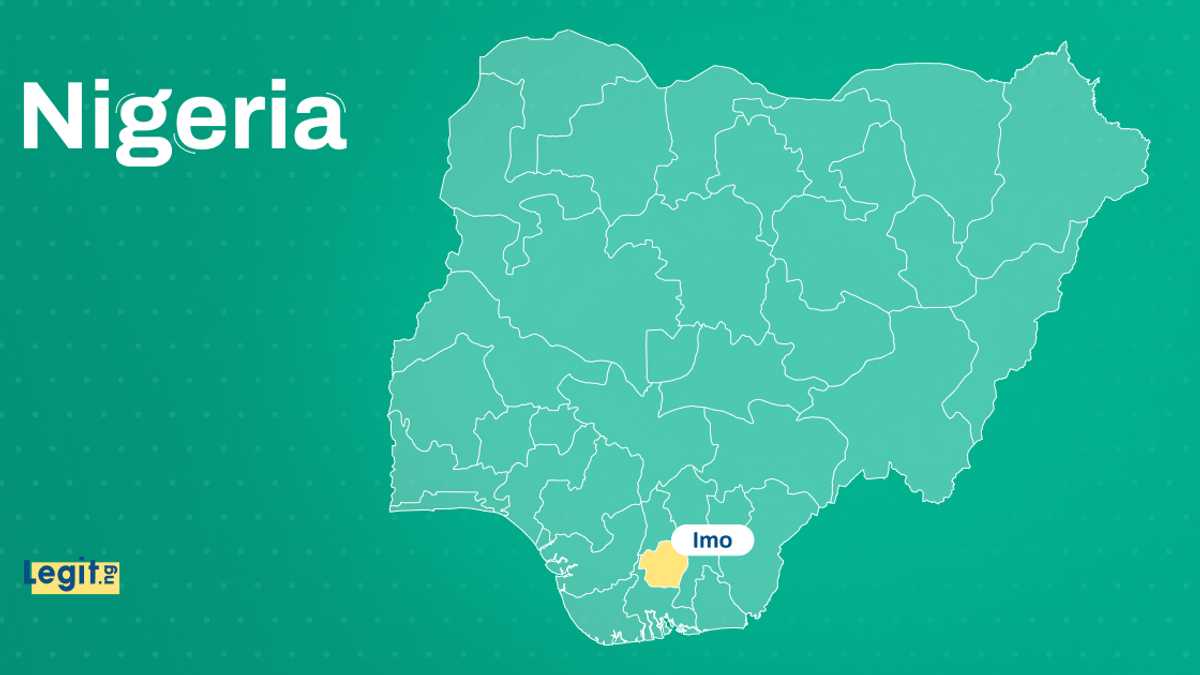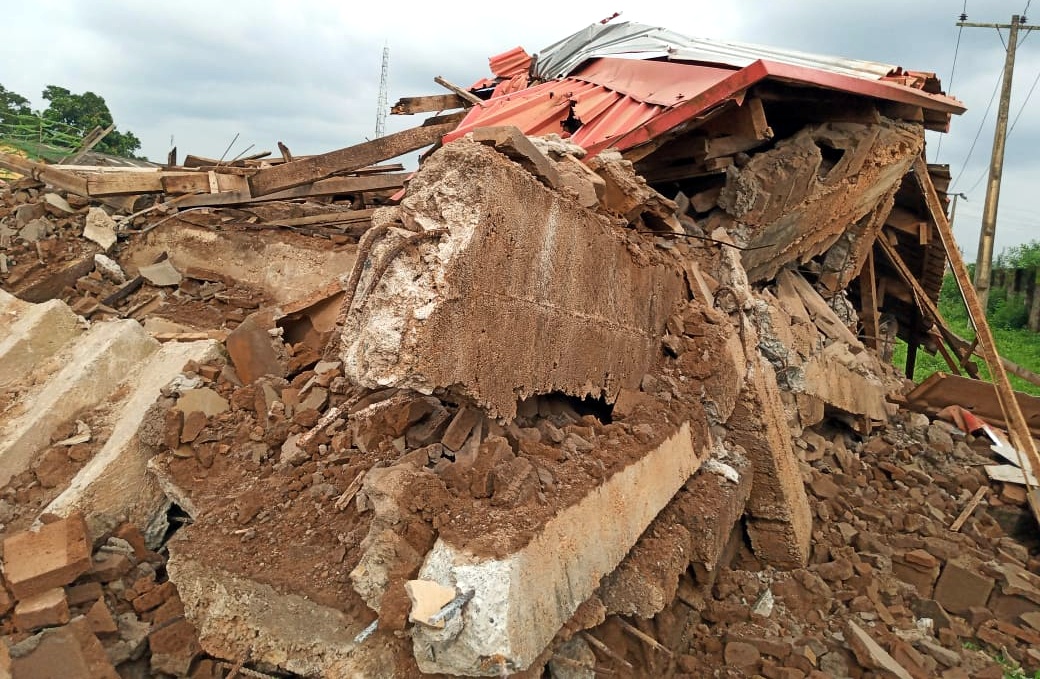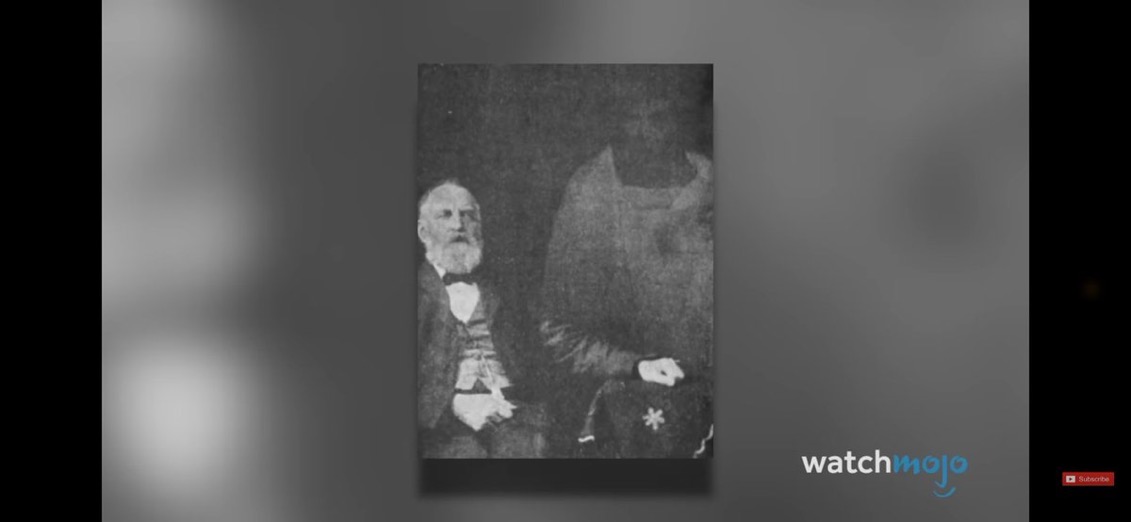Why Your Drive Belt Broke or Shredded
When a drive belt breaks or shreds, it leaves you stranded on the side of the road or causes sudden loss of power steering, A/C, or charging ability; it’s not just inconvenient—it’s a warning. Over the years, I’ve diagnosed dozens of cases where a drive belt breaks or the drive belt shreds, and I can tell you this: it’s rarely the belt’s fault. Something else upstream is almost always the real cause.
In this article, I’ll walk you through the most common reasons a shredded drive belt or broken belt occurs, how to spot the warning signs early, and what to do to prevent it from happening again.
Your engine’s serpentine or accessory belt runs every critical component—alternator, power steering pump, A/C compressor, and water pump. If the drive belt breaks while you’re driving, you’ll lose one or more of these functions instantly. In some cases, such as overheating due to a stalled water pump or loss of power steering, it can even become a safety issue.
A shredded drive belt usually looks frayed at the edges or has missing ribs, and you may even find chunks of rubber under the hood. This kind of damage isn’t cosmetic—it’s a clear sign that something is out of alignment, seized, or worn.
The most common cause of a shredded drive belt is pulley misalignment. Pulleys must be perfectly square to the belt path. If even one accessory bracket is bent, or if the tensioner isn’t sitting true, it causes the belt to walk sideways or rub against the edge of a pulley.
This sideways movement frays the edge, and over time, the constant rubbing cuts through the belt. If your belt shows wear on one edge, especially if the ribs are clean but the sides look torn, suspect misalignment right away.
A worn-out automatic belt tensioner is a common cause of misalignment that causes drive belt shredding and drive belt breakage.
Another reason a drive belt breaks is a seized pulley or a failed idler roller bearing. If the alternator or idler pulley locks up even for a moment, the belt tries to keep spinning and ends up burning or snapping under tension.
Worn pulleys can also create sharp edges or wobble, which acts like a belt shredder. I’ve seen brand-new belts fail in under 100 miles because the idler pulley bearings were dry and groaning, but nobody thought to replace them.
A weak or stuck belt tensioner can be a silent killer. If the tension isn’t maintained properly, the belt slips and overheats. That leads to glazing, cracking, and eventual shredding. If your vehicle has more than 60,000 miles on the clock, don’t just replace the belt—inspect or replace the tensioner, too. It’s cheap insurance against another breakdown.
Fluids on the belt are another major reason a shredded drive belt occurs. Oil softens the rubber, and coolant can cause the belt material to swell and weaken. Once compromised, the belt begins to delaminate and peel. If your engine has any oil or coolant leaks near the front cover or timing area, fix those first before installing a new belt.
Believe it or not, I’ve seen a drive belt break within minutes of installation simply because it was routed incorrectly. If the belt touches a stationary bolt, frame, or another component even slightly, it’ll rub through fast—especially at high RPM.
Always use a routing diagram specific to your engine. Don’t guess, and don’t assume your old belt was routed correctly either—especially if someone else worked on the vehicle before you.
A belt that’s too long may seem to fit, but it won’t tension properly. Too narrow, and it’ll ride low in the pulley grooves. Too wide, and it’ll ride high and slip off. Any of these conditions can cause the belt to walk off a pulley and shred. Always cross-reference your vehicle’s exact make, model, and engine when ordering a replacement.
Sometimes the issue isn’t with the pulleys or belt at all—but with what the pulleys are bolted to. I’ve come across alternator brackets that cracked, power steering pumps with loose mounts, and A/C compressors hanging by a thread. If any of these components shift while running, they’ll twist the pulley angle and shred the belt in no time.
If your drive belt breaks, don’t just slap on a new one. Take a few minutes to inspect:
• All pulleys for smooth, wobble-free spinning
• Pulley alignment using a straight edge
• Belt routing for correctness
• Signs of fluid contamination
• The tensioner for consistent pressure
• A quick visual inspection can save you from repeating the failure.
The moment you see rubber threads hanging from the hood or smell burnt rubber, you’re likely dealing with a shredded drive belt. Don’t ignore the symptoms. They’re your engine’s way of telling you that something upstream needs attention.
In my experience, nearly every time a drive belt breaks, the root cause could have been caught early with a little attention. Replacing the belt without fixing the underlying problem guarantees you’ll be back under the hood—or worse, on the side of the highway—sooner than you think.
Take the time to inspect everything, fix what’s wrong, and your new belt will last as long as it should.
©, 2025 Rick Muscoplat
Posted on by Rick Muscoplat












